How Is A New Pope Chosen? A Comprehensive Guide To Papal Conclaves
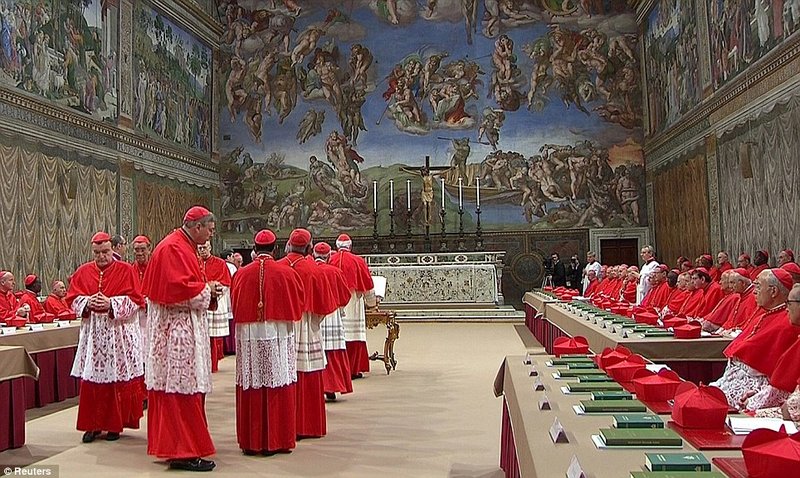
Table of Contents
The Death or Resignation of a Pope
The process begins with the death or resignation of the reigning Pope. This event sets in motion a series of carefully orchestrated steps leading to the Papal Conclave. The announcement itself is a significant moment, marking the start of the sede vacante – the period of vacancy of the See of Rome.
- Official announcement: The Cardinal Camerlengo, a high-ranking Cardinal, officially announces the Pope's death or resignation to the world.
- Preparation of the Apostolic Palace: The Apostolic Palace undergoes preparation to host the Conclave, ensuring a secure and secluded environment for the Cardinals.
- Gathering of Cardinals: Cardinals from around the globe converge on Rome, preparing for their crucial role in the selection process. The anticipation builds as the world waits to learn who will be the next successor to Saint Peter.
The Role of the College of Cardinals
The College of Cardinals is the body responsible for electing the new Pope. Not all Cardinals participate, however. Only those under the age of 80 are eligible to vote, known as Cardinal electors. The College plays a vital role throughout the entire Papal Conclave process.
- Cardinal electors: These are the Cardinals who actively participate in the voting process, casting their ballots for the next Pope.
- Cardinal Camerlengo's responsibilities: Beyond the announcement of the vacancy, the Camerlengo oversees the Vatican's administration during the sede vacante.
- The role of the Dean of the College of Cardinals: The Dean presides over many of the Conclave's preliminary proceedings and plays a crucial role in guiding the process. Their experience and wisdom are invaluable.
The Papal Conclave: Location and Procedures
The Papal Conclave traditionally takes place in the Sistine Chapel within the Vatican Palace. Strict secrecy surrounds the proceedings, designed to protect the integrity and independence of the voting process. The Cardinals are completely isolated from external influence.
- Seclusion of the Cardinals: The Cardinals live in a secluded environment, with minimal contact with the outside world. This isolation ensures that their deliberations are free from external pressure.
- The burning of ballots and the significance of the smoke signal: After each round of voting, the ballots are burned. White smoke signals a successful election; black smoke indicates that no candidate has secured the required two-thirds majority. This simple visual cue updates the world on the progress of the Conclave.
- Requirements for a valid election: A two-thirds majority vote is required for a valid election. This threshold ensures that the chosen Pope enjoys broad support within the College of Cardinals.
The Election of the New Pope
The moment of election is marked by the famous announcement, "Habemus Papam!" ("We have a Pope!"). The newly elected Pope then formally accepts the election.
- The announcement from the balcony of St. Peter's Basilica: The announcement, delivered from the balcony of St. Peter's Basilica, is broadcast globally to millions of faithful.
- The first public appearance of the new Pope: The new Pope makes his first public appearance, often addressing the waiting crowds in St. Peter's Square.
- The significance of the papal name chosen: The selection of a papal name is a significant act, often referencing a saint or a historical figure whose qualities the new Pope wishes to emulate.
History and Evolution of Papal Conclaves
The process of electing a new Pope has evolved significantly over the centuries. Early conclaves were often influenced by political machinations and external pressures. Modern reforms have enhanced secrecy and streamlined procedures.
- Early conclave practices and their evolution: The early forms of papal elections were far less formal and structured compared to the present system.
- Notable historical conclaves and their outcomes: History is filled with examples of conclaves influenced by political intrigue and power struggles, leading to both remarkable and controversial results.
- Modern reforms and their impact on the process: Modern reforms have been implemented to ensure greater transparency and fairness within the Conclave's processes.
Conclusion:
The Papal Conclave is a complex and fascinating process, steeped in centuries of tradition and meticulously structured to ensure the continuity of the Catholic Church. From the announcement of the sede vacante to the thrilling announcement of "Habemus Papam!," each stage plays a vital role in selecting the next spiritual leader of the world's largest Christian denomination. Understanding the steps involved, from the roles of the Cardinals to the symbolic significance of the smoke signals, reveals the weight and significance of this ancient tradition. Learn more about Papal Conclaves, explore the history of Papal Conclaves, and understand the process of electing a new Pope through Papal Conclaves.

Featured Posts
-
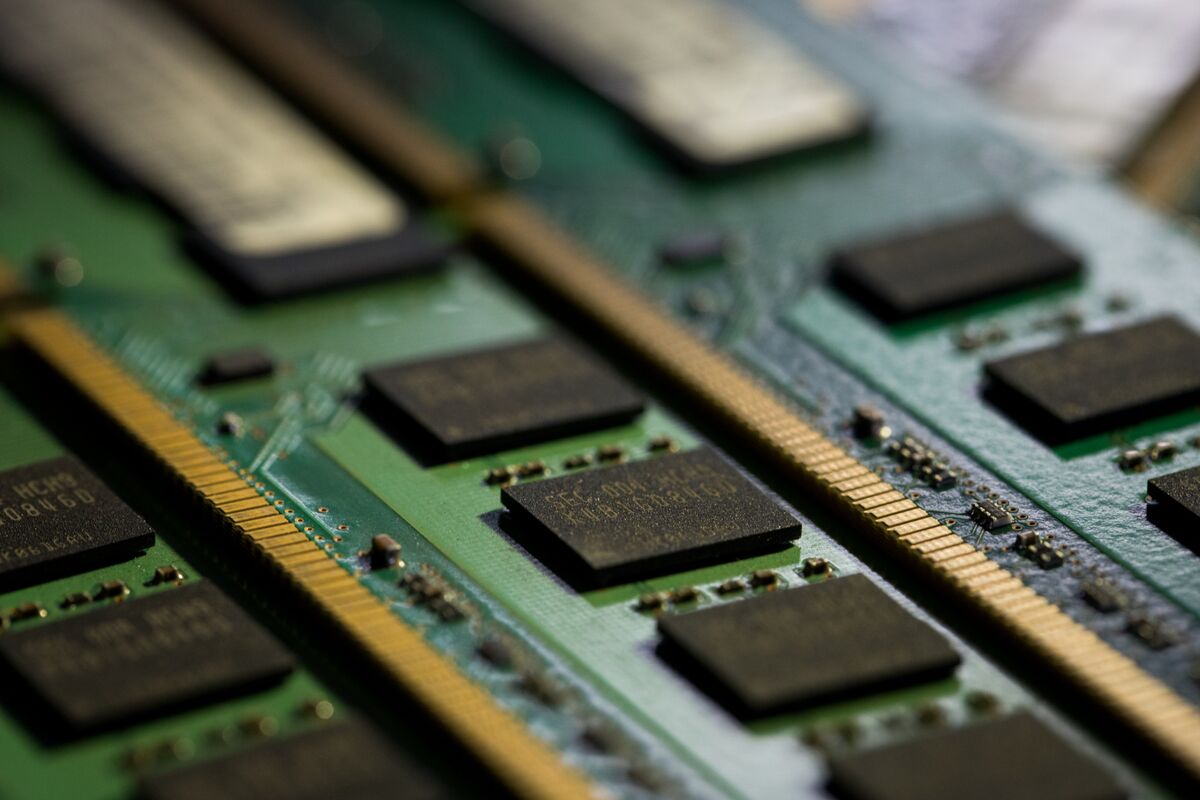 Netflix And The Tech Slump Analyzing Wall Streets Search For Safety
Apr 22, 2025
Netflix And The Tech Slump Analyzing Wall Streets Search For Safety
Apr 22, 2025 -
 Blue Origins Launch Abort Details On The Subsystem Failure
Apr 22, 2025
Blue Origins Launch Abort Details On The Subsystem Failure
Apr 22, 2025 -
 Ray Epps Sues Fox News For Defamation Jan 6th Allegations And The Lawsuit
Apr 22, 2025
Ray Epps Sues Fox News For Defamation Jan 6th Allegations And The Lawsuit
Apr 22, 2025 -
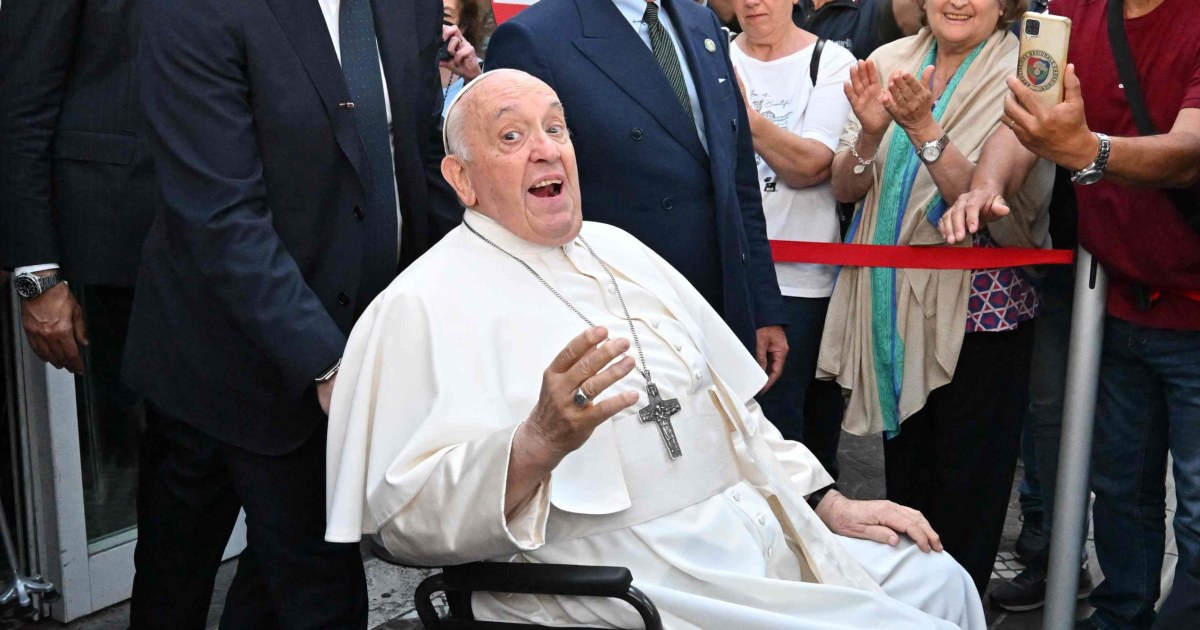 Death Of Pope Francis At 88 A Legacy Remembered
Apr 22, 2025
Death Of Pope Francis At 88 A Legacy Remembered
Apr 22, 2025 -
 Bank Of Canada On Hold Insights From Fp Videos Economist Interviews
Apr 22, 2025
Bank Of Canada On Hold Insights From Fp Videos Economist Interviews
Apr 22, 2025
Latest Posts
-
 How Jazz Cash And K Trade Are Democratizing Stock Investments
May 10, 2025
How Jazz Cash And K Trade Are Democratizing Stock Investments
May 10, 2025 -
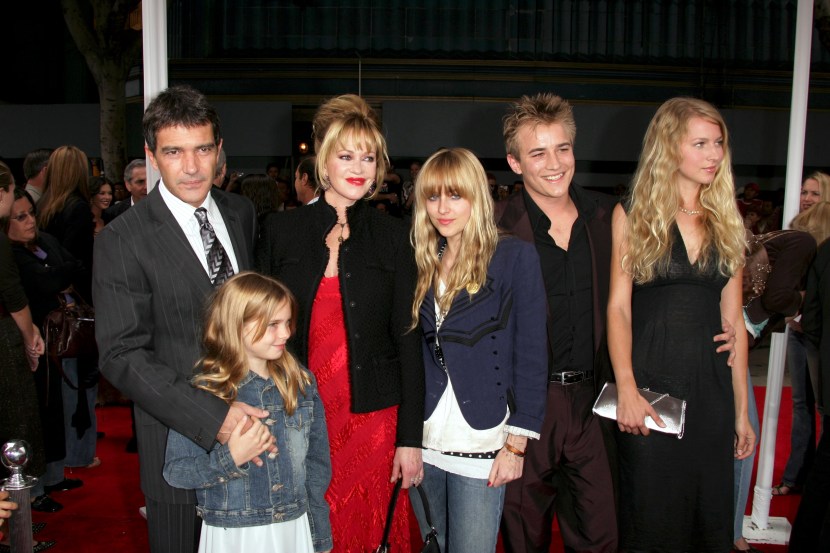 Mother Daughter Style Goals Dakota Johnson And Melanie Griffiths Spring Looks
May 10, 2025
Mother Daughter Style Goals Dakota Johnson And Melanie Griffiths Spring Looks
May 10, 2025 -
 Dakota Dzhonson I Khudshiy Film 2023 Polniy Spisok Nominantov I Pobediteley Zolotoy Maliny
May 10, 2025
Dakota Dzhonson I Khudshiy Film 2023 Polniy Spisok Nominantov I Pobediteley Zolotoy Maliny
May 10, 2025 -
 Accessible Stock Trading The Jazz Cash And K Trade Solution
May 10, 2025
Accessible Stock Trading The Jazz Cash And K Trade Solution
May 10, 2025 -
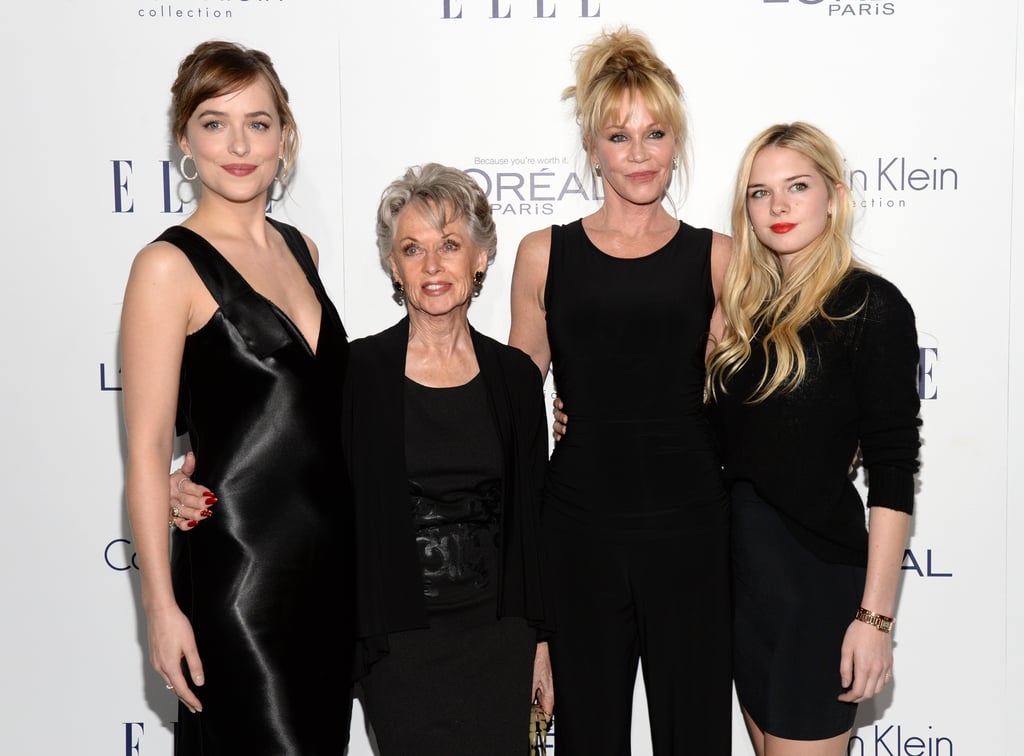 Dakota Johnson Channels Spring Elegance With Mom Melanie Griffith
May 10, 2025
Dakota Johnson Channels Spring Elegance With Mom Melanie Griffith
May 10, 2025
